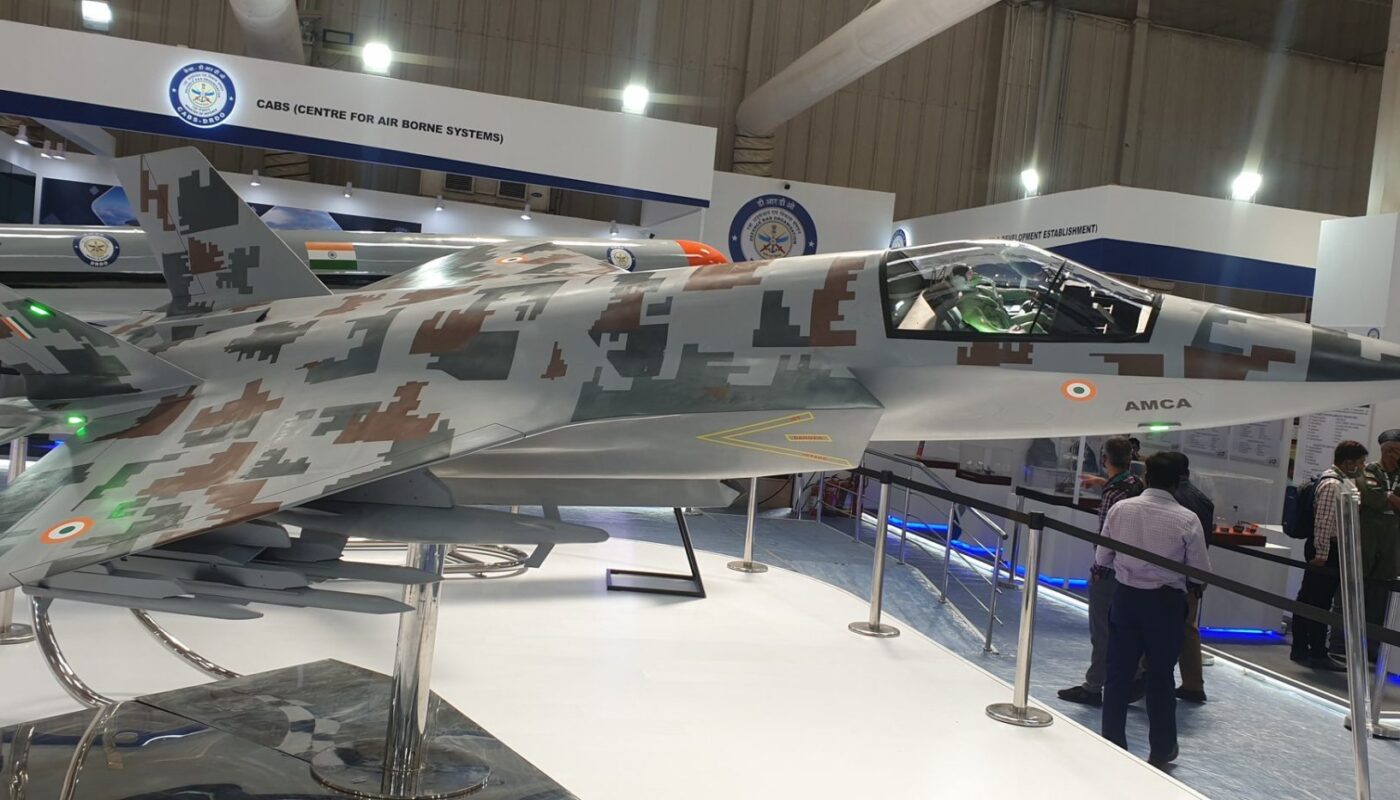Introduction:
India, with its burgeoning aerospace industry and a quest for technological advancement, has embarked on a journey that promises to revolutionize its air defense capabilities. At the heart of this ambitious endeavor lies the Advanced Medium Combat Aircraft (AMCA) project. Envisioned as a state-of-the-art fifth-generation fighter aircraft, the AMCA represents India’s aspiration to achieve self-reliance in defense technology and establish its presence as a global player in the aerospace domain.
Origins and Objectives:
The genesis of the AMCA project can be traced back to India’s strategic imperatives and the need to modernize its armed forces. With evolving geopolitical dynamics and the emergence of new threats, India recognized the significance of possessing cutting-edge military capabilities to safeguard its sovereignty and national interests. In this context, the development of a next-generation combat aircraft became a strategic imperative.
The primary objective of the AMCA project is to design and manufacture a stealthy, multi-role fighter aircraft that can operate in contested airspace, engage in air-to-air combat, conduct ground attack missions, and provide aerial reconnaissance capabilities. By leveraging advanced technologies and indigenous expertise, India aims to reduce its dependence on foreign defense suppliers and bolster its defense industrial base.
Features and Capabilities:
The AMCA is envisioned as a technologically advanced platform equipped with a host of innovative features and capabilities that would enable it to excel in modern aerial warfare scenarios. Some of the key features of the AMCA include:
- 1. Stealth Technology: Incorporating stealth features to minimize radar cross-section and enhance survivability in hostile environments.
- 2. Advanced Avionics: State-of-the-art avionics systems, including radar, sensors, and communication suites, to provide superior situational awareness and mission effectiveness.
- 3. High-Performance Engines: Powerful and fuel-efficient engines to ensure high-speed performance, agility, and extended operational range.
- 4. Weapon Integration: Compatibility with a wide range of air-to-air and air-to-ground weapons, including beyond-visual-range missiles, precision-guided munitions, and standoff weapons.
- 5. Composite Materials: Extensive use of composite materials to reduce weight, enhance structural integrity, and improve stealth characteristics.
- 6. Data Fusion and Networking: Integration of advanced data fusion algorithms and networking capabilities for seamless communication and information sharing with other platforms and ground-based assets.
Development Stage:
The AMCA project is currently in the development stage, with significant progress being made in various aspects of design, technology development, and prototyping. The development process involves a collaborative effort between various stakeholders, including the Defense Research and Development Organization (DRDO), the Aeronautical Development Agency (ADA), and leading defense contractors and research institutions.
Key milestones achieved in the development of the AMCA include:
- 1. Conceptual Design Phase: Initial conceptualization and definition of the aircraft’s design, performance requirements, and operational capabilities.
- 2. Technology Demonstrator Programs: Conducting technology demonstrator programs to validate critical technologies and subsystems, such as stealth features, propulsion systems, and avionics.
- 3. Prototype Development: Design and fabrication of prototype airframes and subsystems for ground and flight testing to evaluate performance and aerodynamic characteristics.
- 4. Testing and Evaluation: Conducting rigorous testing and evaluation of prototype aircraft to assess its flight performance, handling qualities, and mission capabilities.
- 5. Systems Integration: Integration of avionics, sensors, weapons, and other subsystems into the airframe to create a fully functional prototype for testing.
While significant progress has been made, the AMCA project still faces challenges and hurdles, including technical complexities, funding constraints, and the need for international collaboration for certain critical technologies. However, India remains committed to the project’s success and continues to allocate resources and expertise to expedite its development.
Cost and Budget:
The cost of the AMCA project is estimated to be in the range of several billion dollars, reflecting the substantial investment required for research, development, prototyping, testing, and production. The project’s budget encompasses expenses related to manpower, infrastructure, materials, technology acquisition, and collaboration with domestic and international partners.
Funding for the AMCA project is sourced from the Indian government’s defense budget, with allocations made by the Ministry of Defence (MoD) and the Defence Research and Development Organization (DRDO). Additionally, the project may benefit from partnerships with foreign defense contractors, technology transfer agreements, and export opportunities to offset development costs and enhance technological capabilities.
Conclusion:
India’s AMCA project represents a bold and ambitious endeavor to develop a world-class fifth-generation fighter aircraft indigenously. With its advanced features, cutting-edge technologies, and multi-role capabilities, the AMCA has the potential to transform India’s air combat capabilities and reinforce its position as a key player in the global aerospace industry.
As the project progresses through the development stages, India’s defense establishment remains focused on overcoming challenges, leveraging indigenous expertise, and fostering collaboration with domestic and international partners to realize the AMCA’s full potential. Ultimately, the success of the AMCA project will not only enhance India’s defense preparedness but also serve as a testament to the country’s technological prowess and commitment to self-reliance in defense manufacturing.




